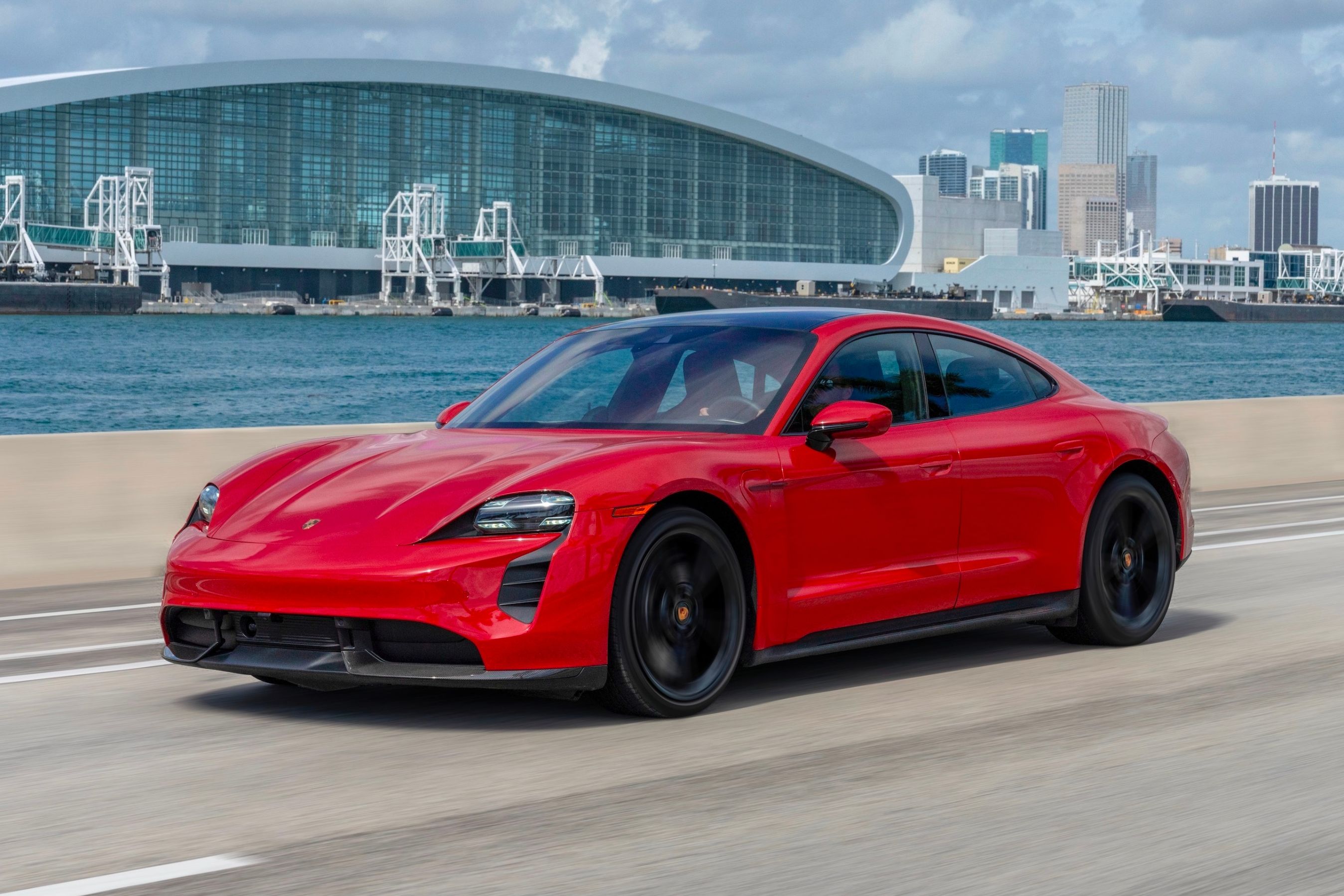
When you think of electric vehicles, you probably imagine something like the Tesla Model 3. These days, the electric car is becoming more and more popular, which has led to almost every major manufacturer working on their own versions of the car of the future. Even the maker of notoriously unreliable British sports cars, MG, has started work on a new EV, but what you may not have realized is that the electric vehicle is part of mankind's history of exploring space, and 2021 marks 50 years since humans first drove a car on the moon, two years on from 1969 when "one giant leap for mankind" was taken.
Porsche is celebrating this historic milestone and using it as a way to market the all-electric Taycan Turbo S by reconnecting with one of the individuals who got to drive the Lunar Roving Vehicle (LRV) on the moon, Charles Duke. He was selected as an astronaut in 1966 and was tasked with landing Apollo 16 on the surface of the moon. He was the tenth person to step onto the lunar surface and one of only six who got to experience "one of the most advanced, innovative electric vehicles ever attempted." Now, 50 years on, Duke recalls what the all-wheel-drive LRV was like to drive and gets to experience his first-ever taste of an EV on Earth.
Like the LRV, the Porsche Taycan Turbo S is an all-wheel-drive machine and boasts four-wheel steering. The LRV also had a crude but effective navigation system to help astronauts to find their way back to the Lunar Excursion Module. Porsche compares the Taycan Turbo S to this astonishing EV in many ways, but the biggest difference is in power. While the LRV only made one horsepower, the Taycan Turbo S produces 750. Duke is impressed with Porsche's efforts, saying "This is really high tech." Fortunately, while the LRV cost a whopping $8 million (and is still parked on the moon, in case Elon decides to borrow it), the Taycan Turbo S starts at a relatively affordable $185,000.
